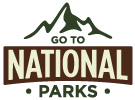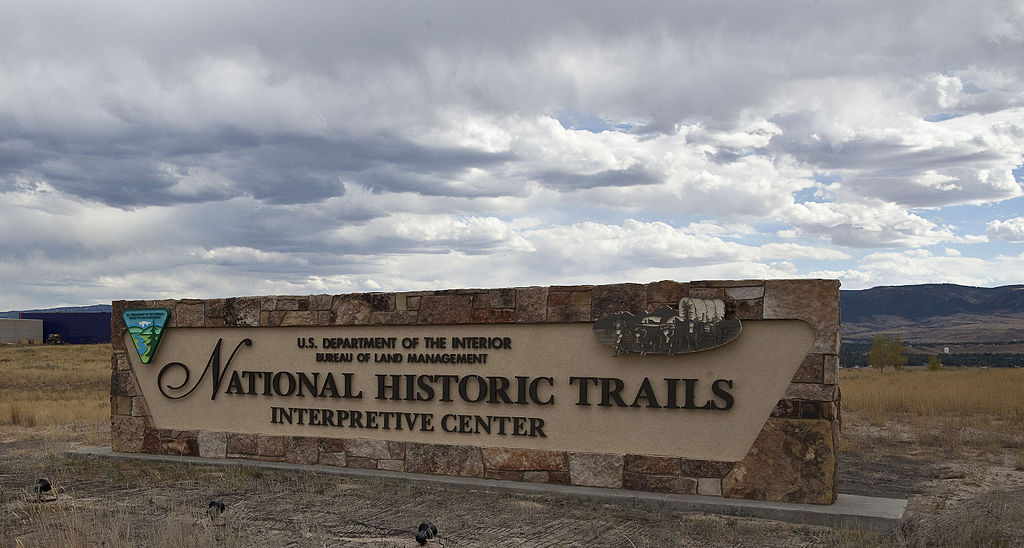[amazon box=”1328624390, 194312602X, 0813060842 ” template=”table”]
National parks are a celebration of the diverse natural splendor and history of the United States.
If you love exploring the great outdoors, then it’s easy to be overwhelmed by the sheer number of natural parks and trails that you can visit in the country.
Before you go on your next adventure to the Zion national park trails, it’s important that you have an understanding of how to become a responsible traveler. This means doing your research and knowing everything there is to know about the natural wonders that you are visiting, especially with regards to the associated laws and regulations. Otherwise, you’ll find yourself in legal trouble.
One of the most important things you need to know about is the National Trails.
What is the National Trails System?
The National Trails System is referred to the network of almost 60,000 miles of trails that is connecting various natural parks, city parks, wildlife sanctuaries, national forests, wilderness areas, marine conservation, and all the spaces in between.
In most cases, the system provides an avenue for people to experience their public lands. The national trail system provides a significant number of opportunities for recreation, fitness, preservation, and heritage. These trails are recognized by the federal government for its importance with regards to history as well as for the celebration of the country’s natural beauty.
Today, the National Trails System is longer than the Interstate Highway System. The system is composed of 19 National Historic Trails, 11 National Scenic Trails, and over 1,300 National Recreation Trails across all 50 states.
The National Trails Day is celebrated every first Saturday of June by the American Hiking Society. Outdoor enthusiasts can partake various activities like camping, hiking, volunteer work, trail maintenance, horseback riding, and more.
The National Trails System Act
In 1968, the National Trails System Act was established which resulted in the creation of a series of trails. The act calls for the establishment of trails in both urban and rural environments for people of all ages, skills, interests, and physical abilities.
The National Trails System Act promotes the appreciation and enjoyment of trails while allowing greater access for the public. There are four classes of trails: national historic trails, national recreation trails, national scenic trails, and side and connecting trails.
National Scenic Trails
These trails are established to allow the people to experience the amazing natural beauty of the country and enable the healthy pursuit of healthy outdoor recreation. The system provides access to the Appalachian Mountains in the east, towards the Appalachian Trail, to the Rocky Mountain National Park Trails in the west.
There are 11 total system scenic trails and three of them (Natchez Trace, Appalachian, Potomac Heritage) are official units of the National Park System.
Below is the list of all the national scenic trails:
- Appalachian National Scenic Trail
- Arizona National Scenic Trail
- Continental Divide National Scenic Trail
- Florida National Scenic Trail
- Ice Age National Scenic Trail
- Natchez Trace National Scenic Trail
- New England National Scenic Trail
- North Country National Scenic Trail
- Pacific Crest National Scenic Trail
- Pacific Northwest National Scenic Trail
- Potomac Heritage National Scenic Trail
National Historic Trails
These trails are designated to serve as protection for overland or water routes that have great significance to the American history. These events include historic milestones like the migration of Mormon and Oregon Trails, the nation’s struggle for independence, the lives and hardships of the Native Americans (like in the Mojave Trails National Monument), and more.
Below is the list of all 19 historic trails:
- Ala Kahakai National Historic Trail
- California National Historic Trail
- Captain John Smith Chesapeake National Historic Trail
- El Camino Real de los Tejas National Historic Trail
- El Camino Real de Tierra Adentro National Historic Trail
- Iditarod National Historic Trail
- Juan Bautista de Anza National Historic Trail
- Lewis and Clark National Historic Trail
- Mormon Pioneer National Historic Trail
- Nez Perce (Nee-Mo-Poo) National Historic Trail
- Old Spanish National Historic Trail
- Oregon National Historic Trail
- Overmountain Victory National Historic Trail
- Pony Express National Historic Trail
- Santa Fe National Historic Trail
- Selma To Montgomery National Historic Trail
- Star-Spangled Banner National Historic Trail
- Trail of Tears National Historic Trail
- Washington-Rochambeau Revolutionary Route National Historic Trail
Daydreaming About Your Next Adventure?
Using the National Recreation Trails Database, you can research the topics that cover over 1,000 trails across the United States. If it’s your first time, it’s always best to read up on these trails and go with an experienced outdoor traveler.
So pick a trail close to your home and make sure that you follow the safety rules and regulations of the trail. Have fun but always be prepared for the worst.
So have you traveled to any of these trails? Let us know your experiences in the comments!
[amazon box=”1328624390, 194312602X, 0813060842 ” template=”table”]

